Help Habitat Hot Spots
A Primer on Habitat Hot Spots
In most cases, wildlife can’t lie. When an organism thrives, it usually means its habitat is doing fine; when it wanes, something is wrong. Here, we take a look at the status of habitat in 10 regions across Canada. These profiles are followed by community projects for habitat hot spots.
Areas were selected to be representative of a habitat type: the marshes of Lake Champlain, for instance, face many of the same threats as other wetlands across Canada. Almost all the habitats we discuss are close to or amid human habitation or activity. This was no accident — coming to grips with declining biodiversity means learning more about our own role in life’s delicate web. Habitat is not something that can be defined within a sharp, clean border. It is not just a place, but a complex relationship between life, land, air, and water. Here are 10 places where Canadians play a key role in shaping that relationship.
***
Vancouver Island
The largest island on North America’s west coast has the most diverse range of ecosystems in Canada. It is a region of inlets, islands, river valleys, and mountains. Habitats vary from stands of giant Douglas fir and alpine meadow to temperate rainforest. Offshore, sea otters gambol in kelp forests. Tidal zones and estuaries play host to a stunning array of waterfowl and crustaceans.
- Threats:Habitat fragmentation by roads and by industrial, urban, and agricultural development brought on by a growing human population.
- Species at risk:Lake lamprey, green sturgeon, prairie lupine, sea otter, Vancouver Island marmot.
- Fighting back: Vancouver Island forests have been the scene of bitter confrontations between environmentalists and loggers, but the public’s growing understanding of both sides of the issues should benefit this region.
***
South-Central British Colombia
The southern interior of British Columbia contains a diverse array of habitats that reflect its dry climate and mountainous terrain. The grasslands of the south Okanagan Valley are considered to be one of the most endangered ecosystems in Canada. Ponderosa pine forests, growing at the northern limit of their range, cover valley slopes, while dry interior Douglas fir, lodgepole pine, and montane spruce occur at higher elevations.
- Threats:Urbanization, pesticide use in grasslands.
- Species at risk:Burrowing owl, white-headed woodpecker, sage thrasher, western harvest mouse, flammulated owl, Nuttall’s cottontail.
- Fighting back: Landowner-stewardship programs are helping protect some endangered species. Community sponsored conservation efforts are also bearing fruit.
***
North Yukon
From the valleys of the British and Ogilvie mountains, the porcupine caribou move south to the coastal plain, crossing the Firth River to feed on nutritious vascular plants. There, where cold breezes drive away tormenting mosquitoes, the caribou share the land with arctic foxes, wolves, musk oxen, Dall’s sheep, ptarmigans, snowy owls, arctic terns, tundra swans, and other nesting birds.
- Threats:Just to the south, mining activity is a constant threat to river water quality. Mineral exploitation could compromise movement of the caribou herd. Airborne pollutants, in particular organochlorides, from the rest of North America may contaminate food chains.
- Species at risk:Squanga whitefish, short-eared owl, tundra peregrine, wolverine, grizzly and polar bears.
- Fighting back: Wilderness-adventure tourism holds great economic potential throughout Yukon, where 80 per cent of the territory is still pristine habitat. Much of the caribou’s summer range is protected in one of Canada’s newest national parks, Vunvut.
***
Mixed Grasslands
A broad, rolling plain of native grasslands runs through southern Saskatchewan and Alberta. Despite the predominance of prairie in this broad swath, the mixed-grasslands landscape is diverse and includes sand dunes, potholes, numerous creeks and valleys, and badlands. Wheat grasses, spear grasses, and blue grama grass dominate on loamy soils. Sandy areas house a unique community of grasses and shrubs.
- Threats:Cultivation and grazing, energy transport, urbanization.
- Species at risk:Ferruginous hawk, burrowing owl, sage grouse, black-tailed prairie dog.
- Fighting back: Landowner-cooperation programs are helping protect endangered habitats. Swift fox successfully reintroduced into Canada — status uplisted from extirpated to endangered.
***
Tall-grass Prairie
A mixture of native wildflowers and grasses, tall-grass prairie is one of the rarest habitats in Canada. Substantial tracts remain only in southern Manitoba, where all but 1 per cent has been converted to agricultural, industrial, or urban use or invaded by forest cover because of fire suppression.
- Threats:Ploughing for crops, plus overgrazing, frequent haying, and absence of fire.
- Species at risk:Western prairie white fringed orchid, small white lady’s-slipper, greater prairie chicken.
- Fighting back: The Tall Grass Prairie Conservation Project is helping landowners and groups manage native prairie grasslands. Protected remnants can be seen at Oak Hammock Marsh and Winnipeg’s Living Prairie Museum in southern Manitoba.
***
Great Lakes
The Great Lakes Basin holds 20 per cent of the world’s fresh water, while its shores
support one-tenth of North America’s population. Yet intertwined along 16,000 kilometres of crowded coastline are many diverse ecosystems, including freshwater marshes, sand dunes, and estuaries.
- Threats:Nutrient runoff, flow controls (dams), dredging and filling, invasion by exotic species.
- Species at risk:Fowler’s toad, Caspian tern, Great Lakes deepwater sculpin, eastern sand darter, spotted turtle, copper redhorse.
- Fighting back: Education programs, such as the Biosphere in Montreal, have enlightened the population to the plight of the freshwater systems around them. Sewage control has led to dramatic improvements in water quality.
***
Mixed-wood Plains
Mixed forest consisting of sugar maple, yellow birch, eastern hemlock, and eastern white pine once covered most of the region stretching from Quebec City through the lower Great Lakes. Only 10 per cent of this hardwood forest remains. This region includes Canada’s only Carolinian forest ecosystem.
- Threats:Urbanization (most-populated region in Canada, with approximately 14 million people) and agricultural runoff.
- Species at risk:Red-shouldered hawk, northern bobwhite, red-headed woodpecker, cucumber tree, southern flying squirrel, massasauga rattlesnake.
- Fighting back: Hardwood forest is increasing in value for both recreation and commercial wood operations. Farm abandonment has led to recolonization of native species in some areas.
***
Quebec Wetlands
Wetlands throughout southwestern Quebec, particularly along the St. Lawrence and Richelieu river valleys and Lake Champlain, help control water flow and maintain water quality. Grasses, sedges, cattails, and lilies support large populations of turtles, fishes, muskrats, minks, otters, and raccoons, along with millions of ducks and geese.
- Threats:Industrial, agricultural, and residential pollution. Shoreline development.
- Species at risk:Spiny softshell turtle, channel darter, eastern sand darter, American water-willow.
- Fighting back: Combined United States/Canada spiny softshell recovery efforts on the shores of Lake Champlain. Saint Lawrence 2000, a joint federal and provincial initiative to stop industrial pollution in the St. Lawrence and improve water quality.
***
Coastal Plain
In southwestern Nova Scotia a stretch of flat lake-and-bog-dotted lowland extends toward the sea. Formed of material washed down from ancient mountains onto the continental shelf, it supports a wide range of specialized plants, 10 of which COSEWIC lists as at risk.
- Threats:Faces intense pressure from residential and industrial development, especially along Nova Scotia’s south shore. Hydroelectric dams on many rivers have reduced the natural fluctuation of water levels, on which most plant life depends, or have flooded some areas outright.
- Species at risk: Water-pennywort, Plymouth gentian, and golden crest.
- Fighting back: The Coastal Plain Conservation Strategy is coordinating research and conservation initiatives for 67 plant species found on the coastal plain.
***
South Avalon-Burin Oceanic Barrens
Southern tips of the Avalon and Burin peninsulas support dense carpets of moss and fruticose lichen along with low-growing ericaceous shrubs. The moss heath of this region is unique to North America. Locals call it caribou moss because it is eaten by woodland caribou that migrate into south Avalon in summer to escape the hordes of blackflies that plague them further inland.
- Threats:Most of this habitat is protected in the Avalon Wilderness Area, but wild areas of Burin Peninsula remain unprotected.
- Species at risk:Banded killifish.
- Fighting back: Caribou herd has bounced back from low numbers.
***
Conserve Habitat Hot Spots in Your Community
Chances are a unique habitat near you is in danger of being drained, paved over, dug up, or dumped upon. Some spots are destroyed before people even know they exist. Help avoid a habitat disaster by getting key lawmakers to take your concerns seriously. But first, do your homework.
- Find out if the land is crown or private property. Consult with experts, such as naturalists in your region and biologists with provincial or territorial resource ministries and wildlife and nature federations. These people should know ways to seek legal protection for unique habitats.
- Gather as much information about the spot as you can. Where exactly is it located? Have any wildlife studies been done there? What flora and fauna are found there? Are there any species at risk?
- Inform your community why this habitat should be protected. Put up displays at local libraries and events. Explain the steps you’re taking and why. With permission, place information cards at tables in local restaurants with brief messages, such as: "Did you know that a small wetland near our town is slated for development? This habitat is important to a very rare salamander that is in danger of disappearing from our province."
- Public persuasion is the best way to go. Once you have community support, get municipal and territorial or provincial politicians on your side. Unless they hear from you, many legislators may not know about this important habitat or how strongly their constituents feel about it.
- A well-written letter to the right lawmaker can make a huge difference. Write neatly or type your message. Be brief.
- Discuss only one issue in your letter. Explain from your heart why it matters to you.
- Make a specific request. For instance, ask for a hearing or for your lawmaker to vote for a particular wildlife-related bill or amendment. Request a prompt reply.
- A posted letter will more likely be read than a faxed or e-mailed one.
***
Conserve the Carolinian Life Zone
The amazing Carolinian Life Zone in south-western Ontario boasts a greater variety of wildlife than any other ecosystem in Canada. This smorgasbord of habitats includes tall grass prairies, sand dunes, marshes, and southern-type deciduous forests. Now only 10 per cent of the original unspoiled area remains; the rest has been swallowed up by cities and farmland. It’s no surprise that more than 40 per cent of the species designated as vulnerable, threatened, or endangered in Canada happen to live in this region. The Carolinian Life Zone is literally overflowing with wildlife.
In fact, many species of plants and animals native to the area can be found nowhere else in the country. The prairie white fringed orchis, which is threatened worldwide, blooms here. The Karner blue butterfly flutters, the Cooper’s hawk soars, the black rat snake slithers, and the orange spotted sunfish splashes here too. All of these species are in peril. Today, conservationists, landowners, and government and private agencies are trying to ensure that what remains of this precious habitat will be protected for all time.
If you live in the Carolinian Life Zone, here’s your chance to learn a lot about the wonderful wildlife around you. At the same time, you ’II be helping one of our richest habitats stay healthy.
- Invite a local expert to talk to your community about the Carolinian area and why it’s so special.
- Learn about all the wildlife species that can be found in this zone and nowhere else in the country.
- Identify a species that lives or grows in your area — especially one that may not be found anywhere else in Canada. Find out how to help this species by consulting with experts and learning as much about it as you can.
- Organize a short presentation on the Carolinian Life Zone and its wildlife for your workplace, service club, parent-teacher association, or local council.
- Share with family, friends, and neighbours all you find out about this fascinating area and why it’s important to protect it.
- Use the habitat projects in this guide to provide direct benefits to the wildlife species around you.
***
Save B.C.’s Richest Habitat
The South Okanagan and Lower Similkameen area is out of this world! It’s one of Canada’s four most endangered habitats. (The others are the Garry oak meadows of Vancouver Island, the tall-grass prairies of Manitoba and Ontario, and the Carolinian Life Zone of southwestern Ontario.)
Many species that live happily in the South Okanagan and Lower Similkameen aren’t found anywhere else in Canada — and some of them may not live anywhere else in the world. The area forms a rough rectangle between the Similkameen and Okanagan rivers, running south from Keremeos and Penticton down to the U.S. border.
The hot, dry climate of the region is very popular with people too. Since European settIers first arrived, four species have been extirpated because of habitat loss and over-hunting — the sage grouse, sharp-tailed grouse, burrowing owl, and the white-tailed jack rabbit. A fifth species, the eastern short-horned lizard, may also have been extirpated. Today, land developments continue to squeeze many other rare species out of their homes — species like the white-headed woodpecker, sage thrasher, flammulated owl, Nuttall’s cottontail, desert night snake, and spotted and pallid bats.
There are no laws to protect much of this rich habitat from being damaged. A lot of people, including developers and municipal employees, have no idea that the area is so important to so many species. Thirty-one per cent of British Columbia’s threatened or endangered vertebrates depend on this tiny slice of the province to survive.
You can be a huge help to wildlife by educating the public — and yourself — about the
amazing South Okanagan and Lower Similkameen area. The following guidelines will help make your effort a success:
- Find out more about the incredible diversity of species found in this area. Which are common? How many are rare? Are any of them found in your backyard and community?
- Don’t forget plants. Many vulnerable, threatened, and endangered plant species grow here.
- Find out about the different ecosystems, such as grasslands, lake-shore forests, and dry forest savannas in the area. Which species depend on which habitats?
- Research, research, research! Contact the B.C. Conservation Data Centre, the Nature Trust of British Columbia, and the provincial wildlife agency. Talk to local naturalist and fish and wildlife groups as well.
- Publicize your findings in as many ways as you can. For instance, you might organize an event in your community; hand out a one-page fact-sheet to friends, neighbours, businesses, developers, landowners, churches, and community groups; or make a short presentation to your municipal council.
***
Conserve Coastal Plant Habitat
Nova Scotia is home to some very unusual plants. One of them is the thread-leaved sundew, which is listed as endangered by the Committee on the Status of Endangered Wildlife in Canada. It grows in bogs and is now at the centre of quite a controversy. A developer planned to dig peat from a bog where this insect-eating wildflower grows. However, the 36-hectare project has been blocked- at least for now — by an environmental assessment review ordered by the provincial government.
Such a review looks at wetlands, soil, plants, and wildlife that could be threatened by developments. Often a public presentation is held so that people can voice their opinions. In some cases, a project may be cancelled if a review shows that wildlife could be harmed.
The thread-Ieaved sundew is one of a small group of species included in Nova Scotia’s rare coastal plain flora. Several plants in this group, such as the water-pennywort, pink coreopsis, and Plymouth gentian, grow nowhere else in Canada. Most are found around bogs and along gently sloping sand and gravel freshwater shores near the East Coast. Also among these coastal plain species are the buttonbush, white fringed orchis, common meadow-beauty, swamp-milkweed, Long’s bulrush, and golden crest.
If you know a shore line where any of these rare species grow, spread the word. Prepare and distribute a fact-sheet to alert landowners and lake users about the importance of their shore-line habitats. Include the following suggestions:
- Learn to recognize these plants at a glance.
- Walk carefully along exposed shore lines and around wetlands.
- Keep all-terrain vehicles away from shore lines and wetlands.
- Do not rake shore lines or make artificial beaches by bulldozing.
- Instead of traditional docks, urge other landowners to build ones that cause less environmental damage.
- Do not add materials, such as rocks or sand, to shore lines to create land docks.
***
Foster Old-growth Forests and Rain Forests
Many creatures can survive only in very particular habitats. The Newfoundland pine marten, for example, depends on old-growth forests full of fallen logs, rotting leaves, and stumps. Cleared woods and new forests replanted after logging fail to serve the needs of this species. Nearly 70 per cent of this marten’s habitat has already been lost through logging.
Although other Canadian provinces and territories have pine martens, the Newfoundland species is found nowhere else in the world. A recovery team is now developing a plan to make sure the Newfoundland pine marten will never disappear.
Countless other species of wildlife depend on rain forests for their survival. Fortunately, a lot of people are working hard to save these exotic habitats worldwide — especially in South America. But let’s not forget that Canada also has some very important rain forests, which are home to an amazing diversity of wildlife. One of these rain forest zones is found along the coast of British Columbia, while another is located in the southeastern part of the province. It’s so soggy in some parts of the coastal rain forest that trees have trouble even growing. In fact, some trees are 400 years old — but only three metres high!
These special habitats are being threatened by flooding from hydro-electric projects, logging, and urbanization. Over 100 species of rare plants are found in the B.C. coastal rain forest alone, and 37 of the wildlife species that live there are at risk. Many newly discovered species of spiders, mites, and insects are now being studied there.
- Contact your government forestry department to find out if one of these habitats is located near you.
- Learn all about the species that flap, leap, howl, squeak, and flower there. Visit the area and spend time getting to know this incredible habitat. How many years did it take to develop? Is it protected? Is any human development planned there?
- Could you protect the forest by writing letters or by giving presentations? Lots of people don’t know how important it is to take care of these forests — so now’s your chance to fill them in.










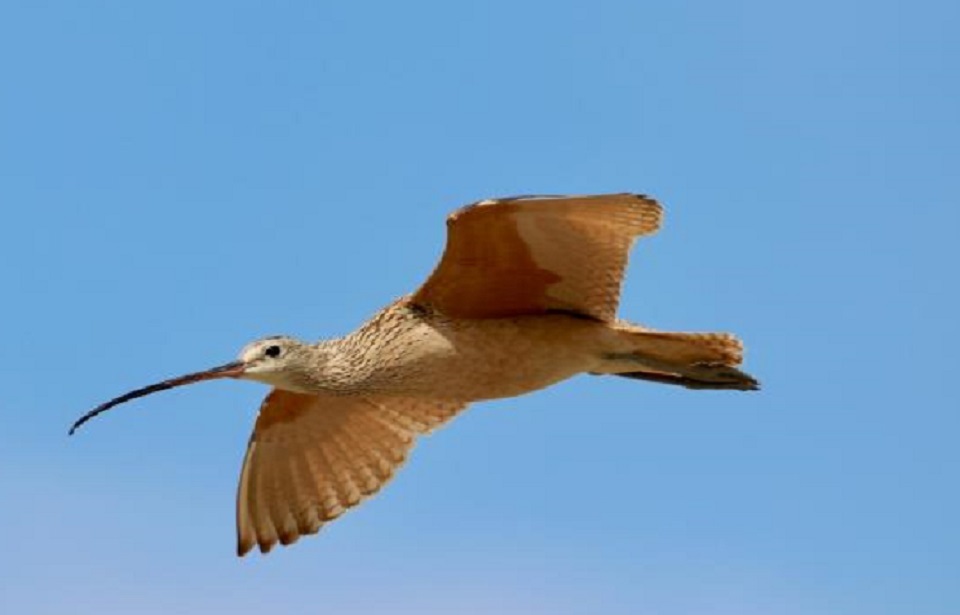

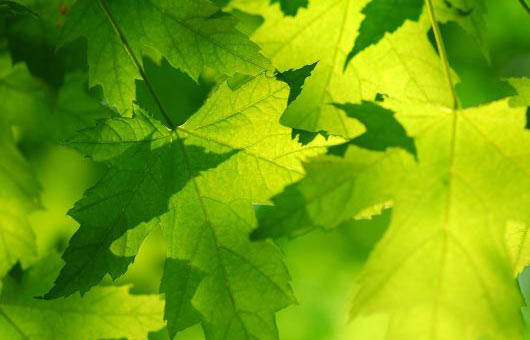
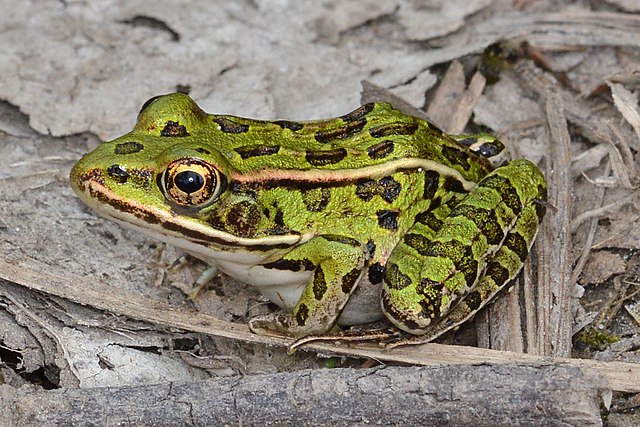
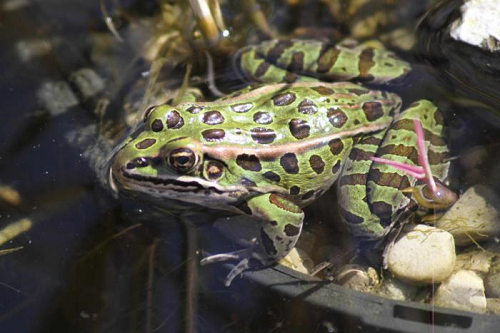
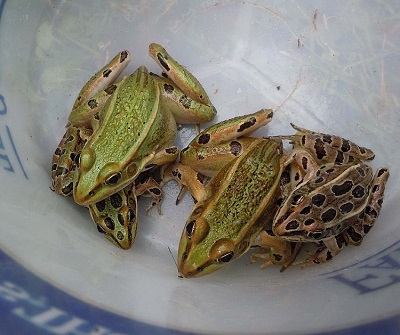
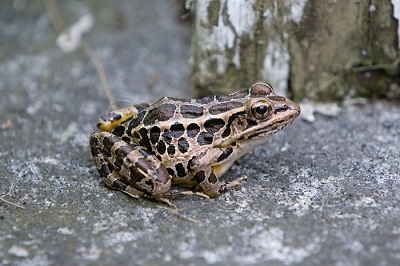

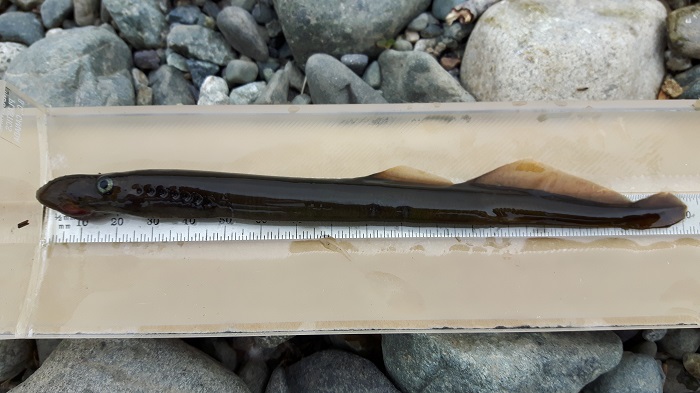
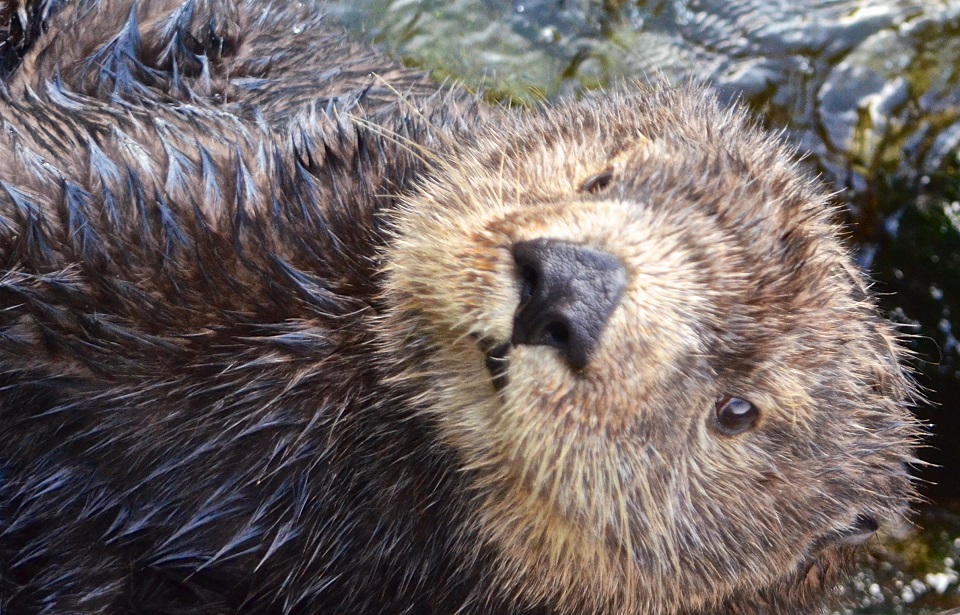
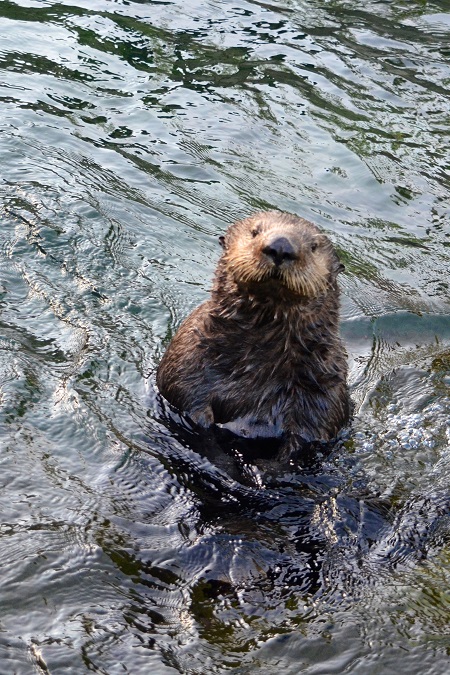
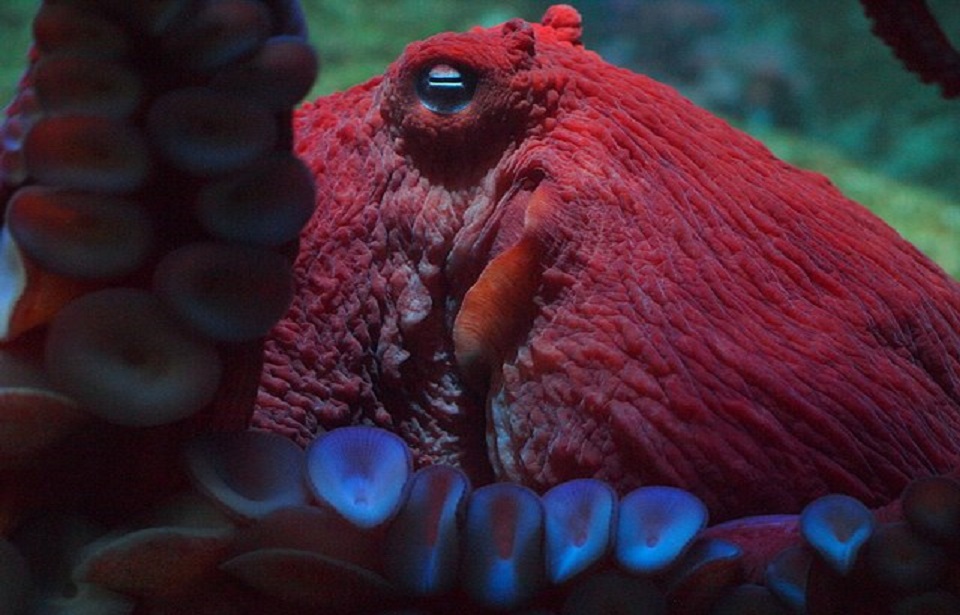
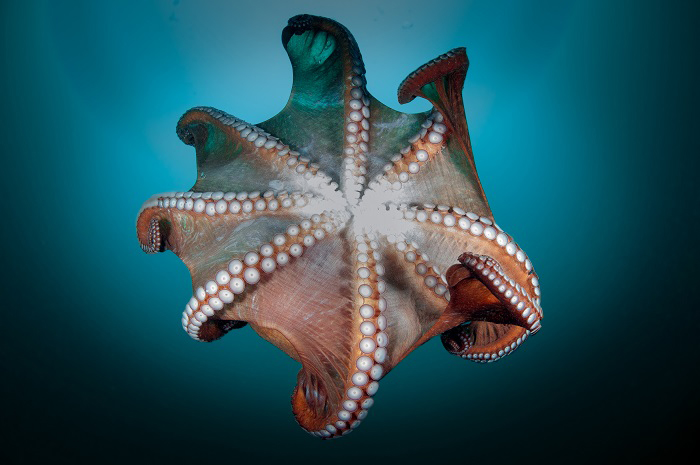

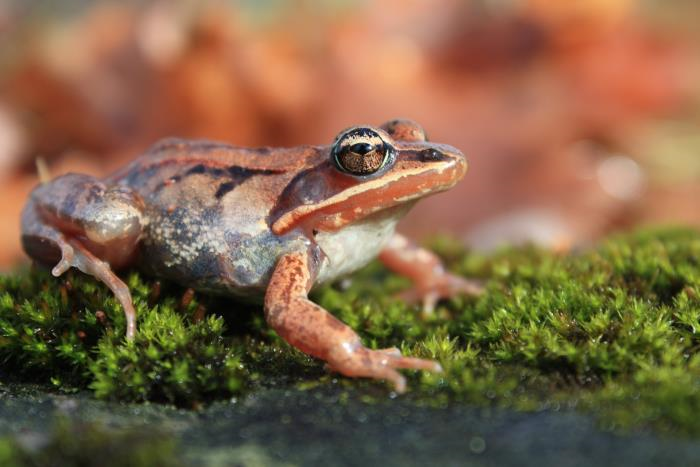

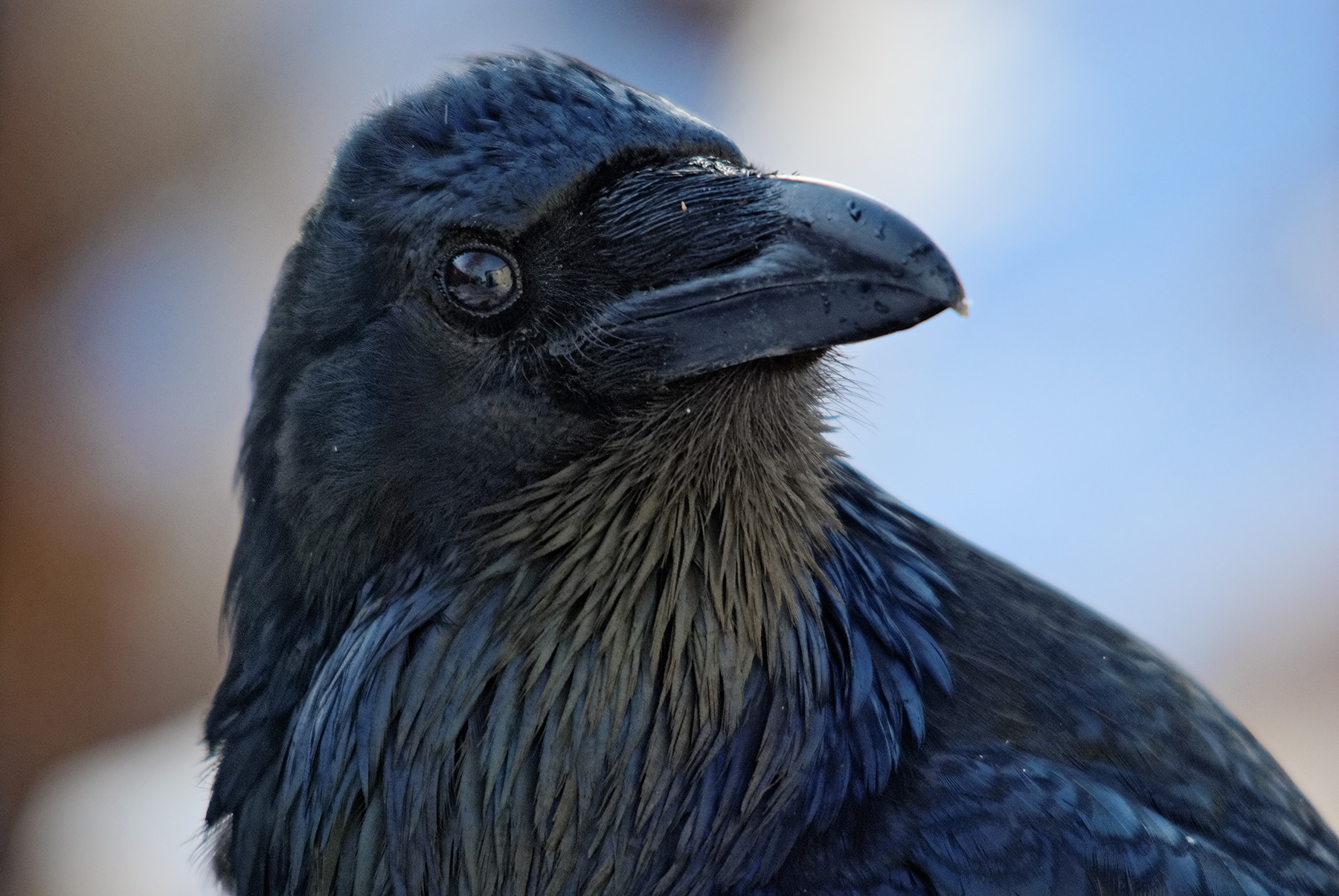
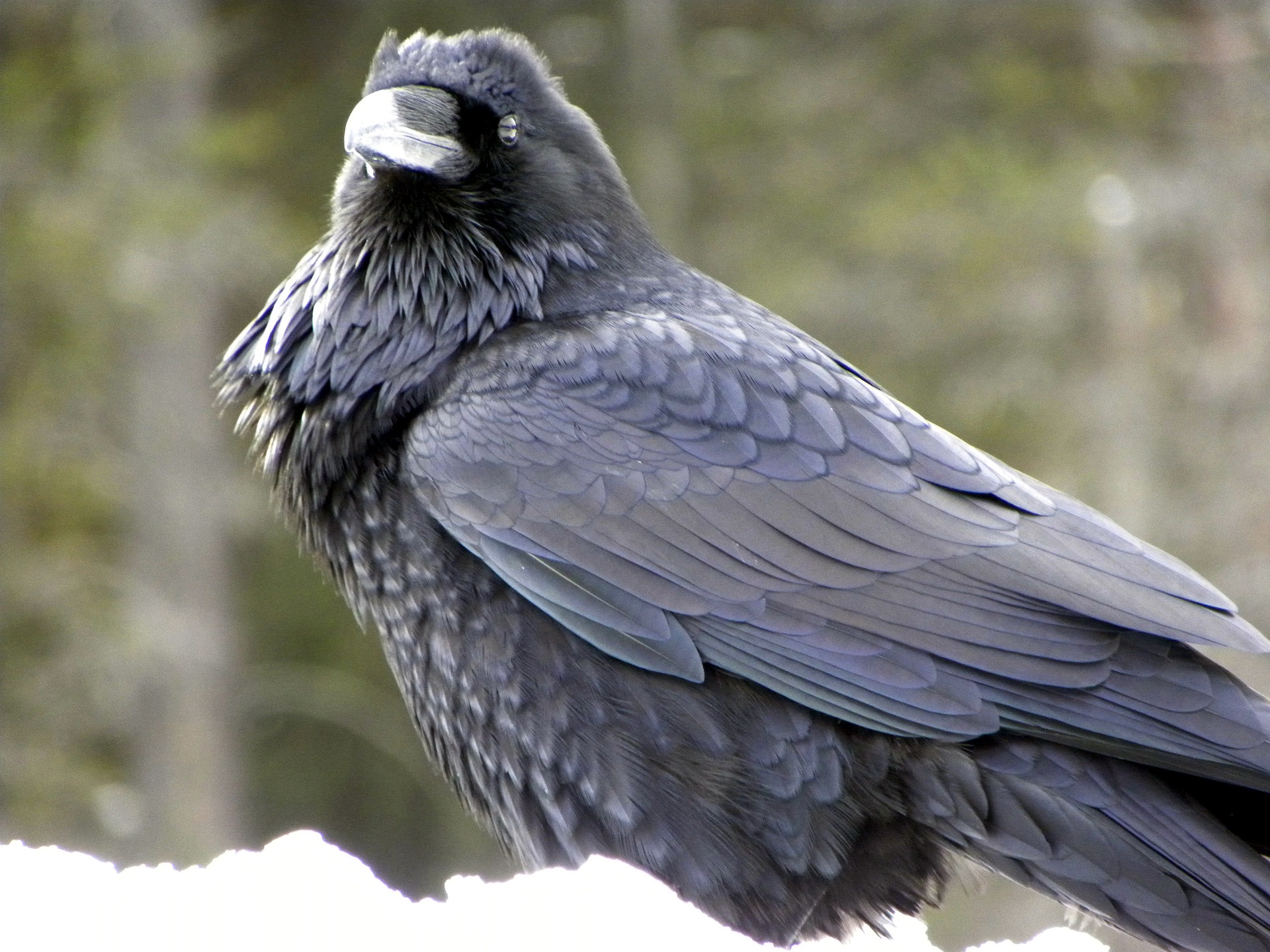
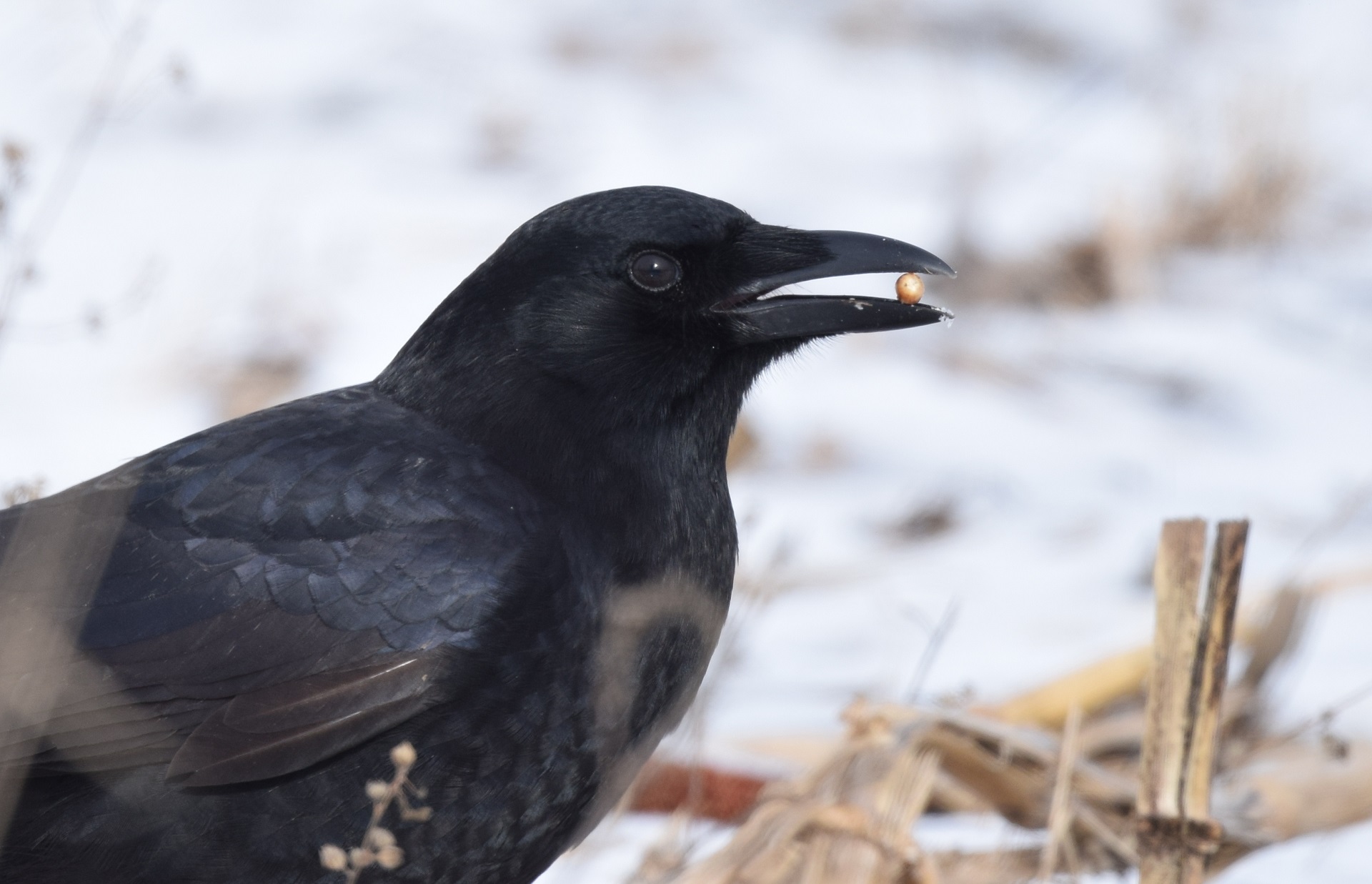
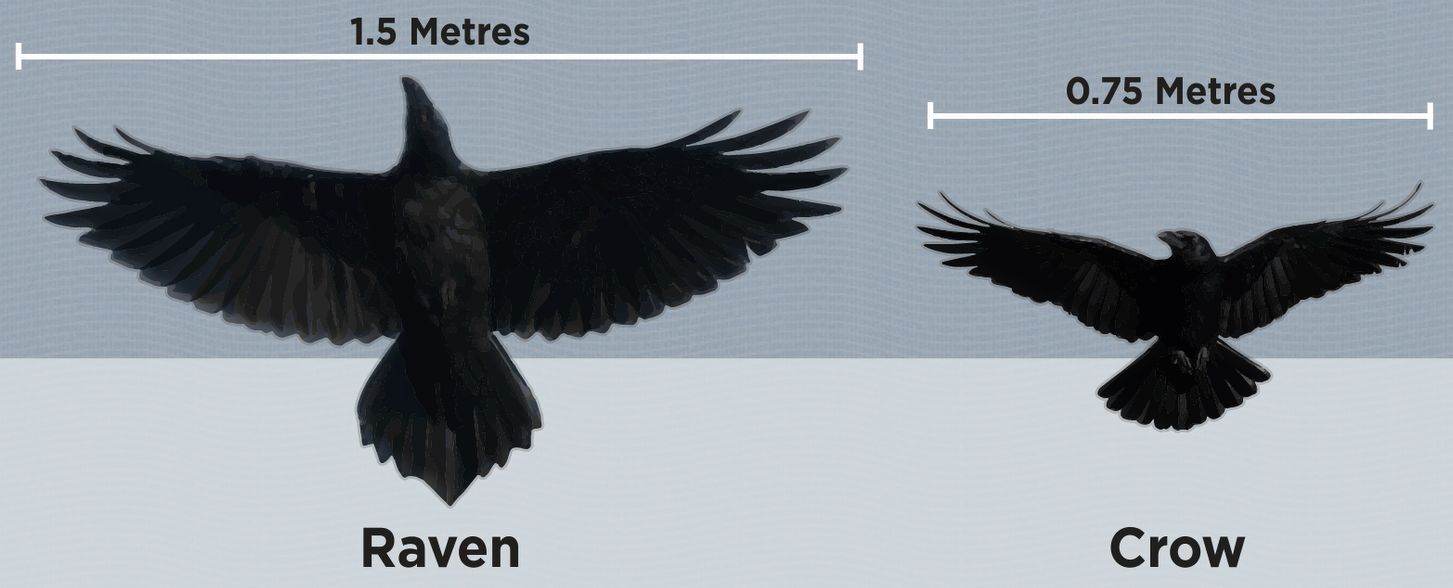
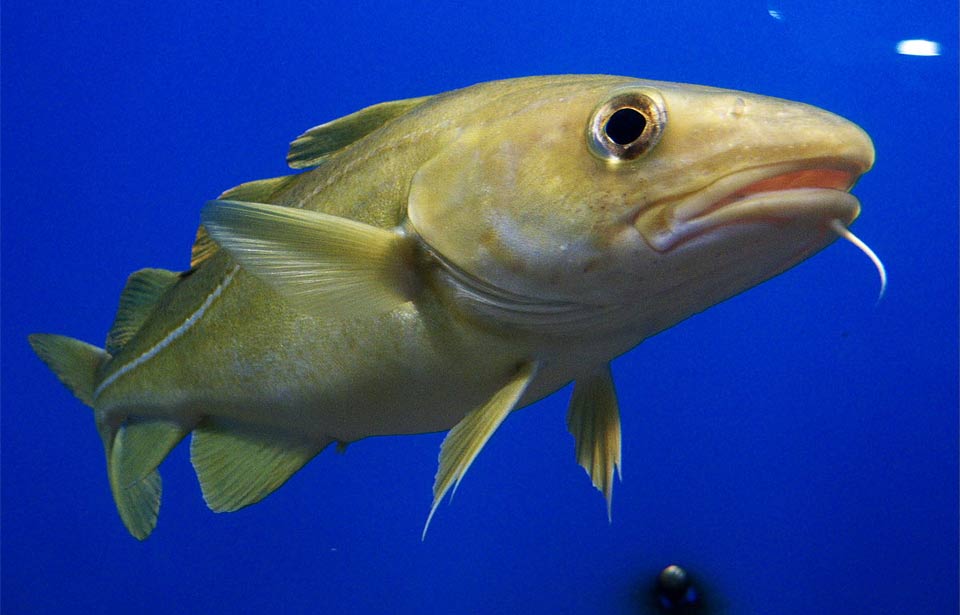
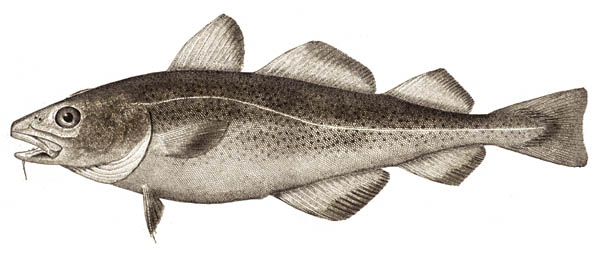 The Atlantic Cod (Gadus morhua) is a medium to large saltwater fish: generally averaging two to three kilograms in weight and about 65 to 100 centimetres in length, the largest cod on record weighed about 100 kg and was more than 180 cm long! Individuals living closer to shore tend to be smaller than their offshore relatives, but male and female cod are not different in size, wherever they live.
The Atlantic Cod (Gadus morhua) is a medium to large saltwater fish: generally averaging two to three kilograms in weight and about 65 to 100 centimetres in length, the largest cod on record weighed about 100 kg and was more than 180 cm long! Individuals living closer to shore tend to be smaller than their offshore relatives, but male and female cod are not different in size, wherever they live.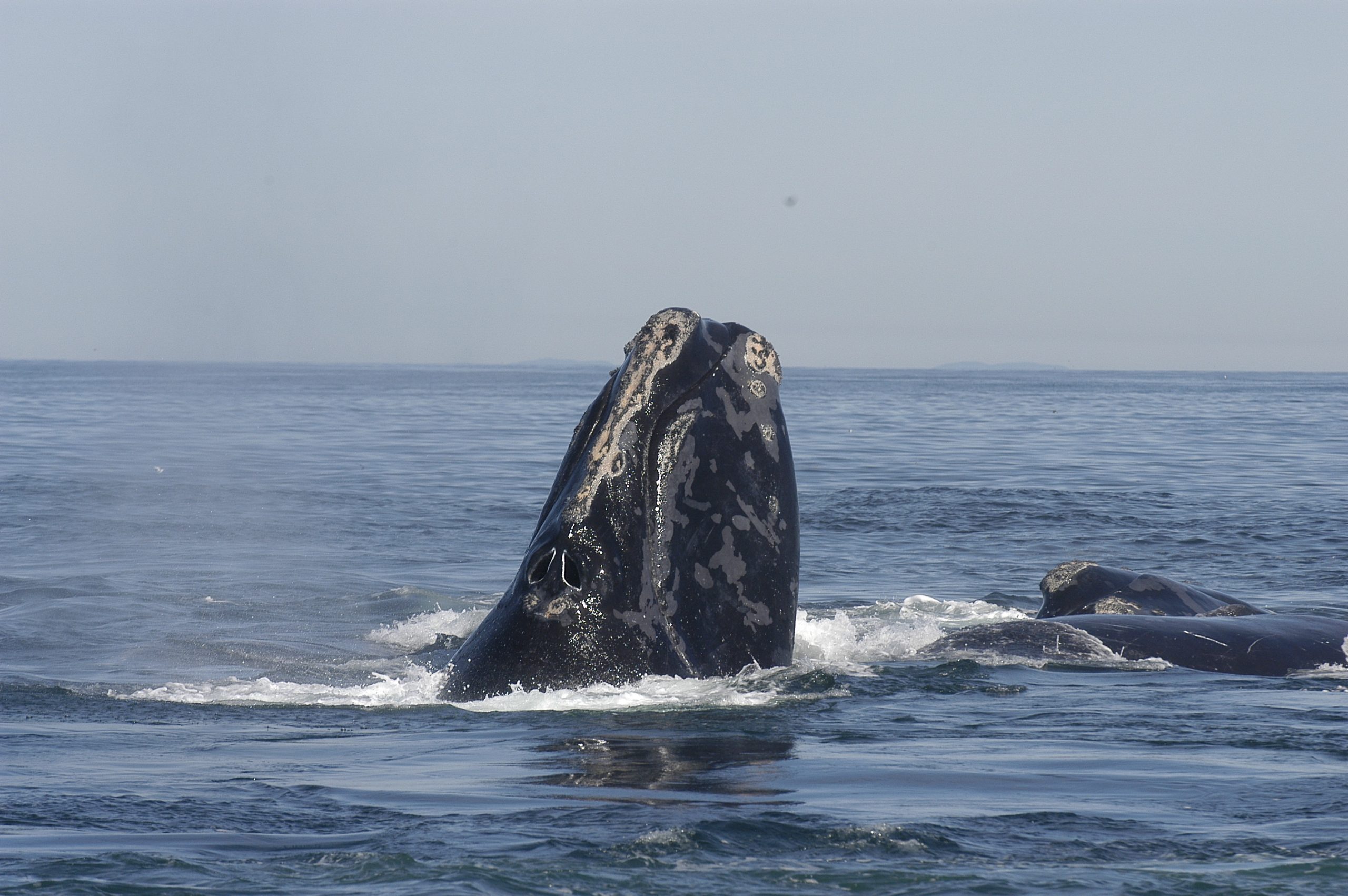
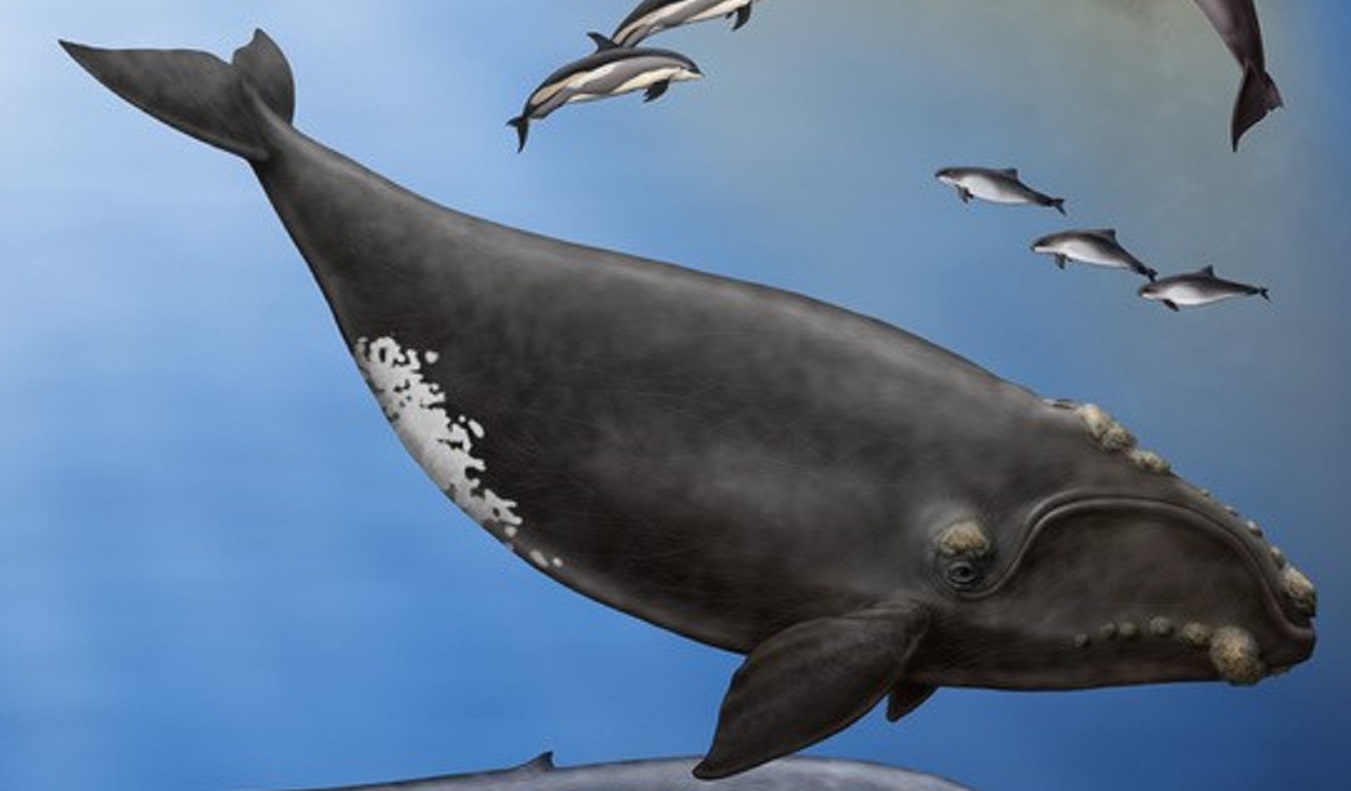 The North Atlantic Right Whale (Eubalæna glacialis) is one of the rarest of the large whales. It can weigh up to 63,500 kilograms and measure up to 16 metres. That’s the length of a transport truck and twice the weight! Females tend to be a bit larger than males – measuring, on average, one metre longer. Considering its weight, it’s fairly short, giving it a stocky, rotund appearance. Its head makes up about a fourth of its body length, and its mouth is characterized by its arched, or highly curved, jaw. The Right Whale’s head is partially covered in what is called callosities (black or grey raised patches of roughened skin) on its upper and lower jaws, and around its eyes and blowhole. These callosities can appear white or cream as small cyamid crustaceans, called “whale lice”, attach themselves to them. Its skin is otherwise smooth and black, but some individuals have white patches on their bellies and chin. Under the whale’s skin, a blubber layer of sometimes more than 30 centimetres thick helps it to stay warm in the cold water and store energy. It has large, triangular flippers, or pectoral fins. Its tail, also called flukes or caudal fins, is broad (six m wide from tip to tip!), smooth and black. That’s almost the same size as the Blue Whale’s tail, even though Right Whales are just over half their size. Unlike most other large whales, it has no dorsal fin.
The North Atlantic Right Whale (Eubalæna glacialis) is one of the rarest of the large whales. It can weigh up to 63,500 kilograms and measure up to 16 metres. That’s the length of a transport truck and twice the weight! Females tend to be a bit larger than males – measuring, on average, one metre longer. Considering its weight, it’s fairly short, giving it a stocky, rotund appearance. Its head makes up about a fourth of its body length, and its mouth is characterized by its arched, or highly curved, jaw. The Right Whale’s head is partially covered in what is called callosities (black or grey raised patches of roughened skin) on its upper and lower jaws, and around its eyes and blowhole. These callosities can appear white or cream as small cyamid crustaceans, called “whale lice”, attach themselves to them. Its skin is otherwise smooth and black, but some individuals have white patches on their bellies and chin. Under the whale’s skin, a blubber layer of sometimes more than 30 centimetres thick helps it to stay warm in the cold water and store energy. It has large, triangular flippers, or pectoral fins. Its tail, also called flukes or caudal fins, is broad (six m wide from tip to tip!), smooth and black. That’s almost the same size as the Blue Whale’s tail, even though Right Whales are just over half their size. Unlike most other large whales, it has no dorsal fin.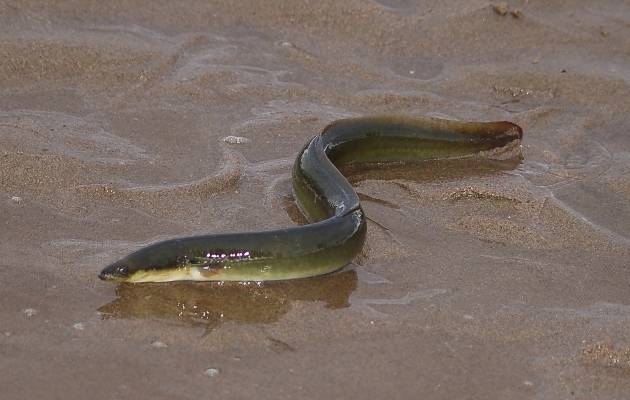
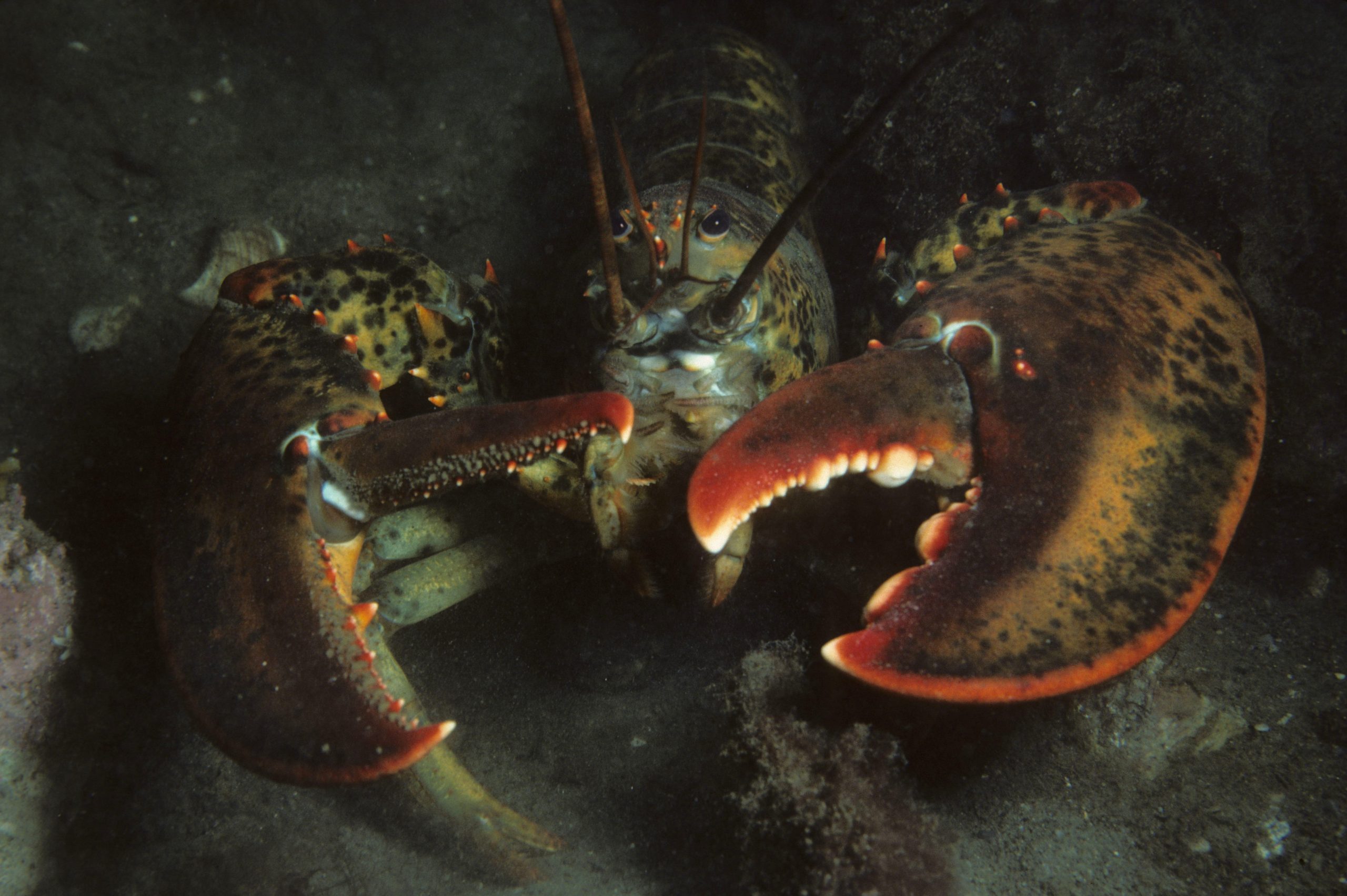
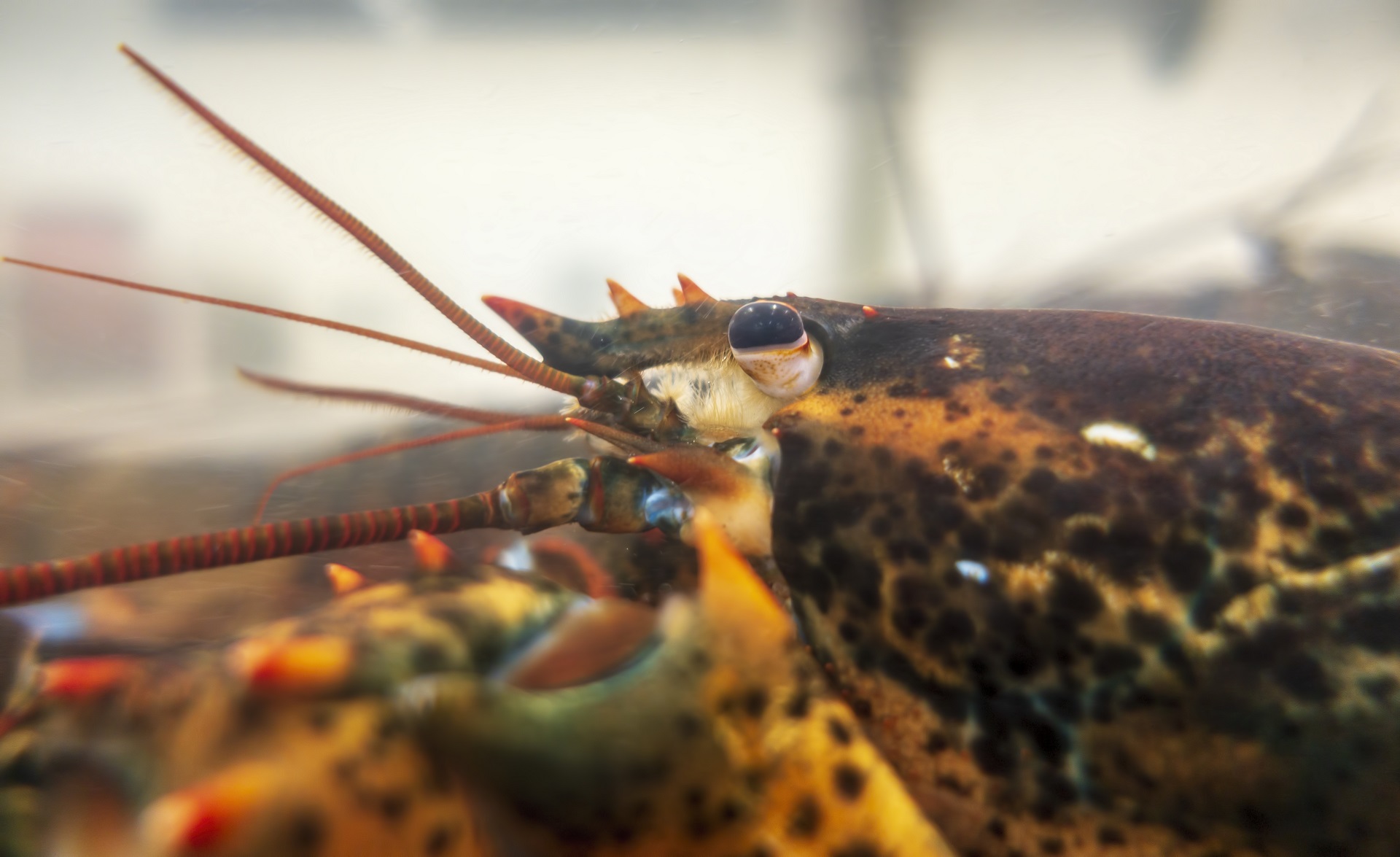
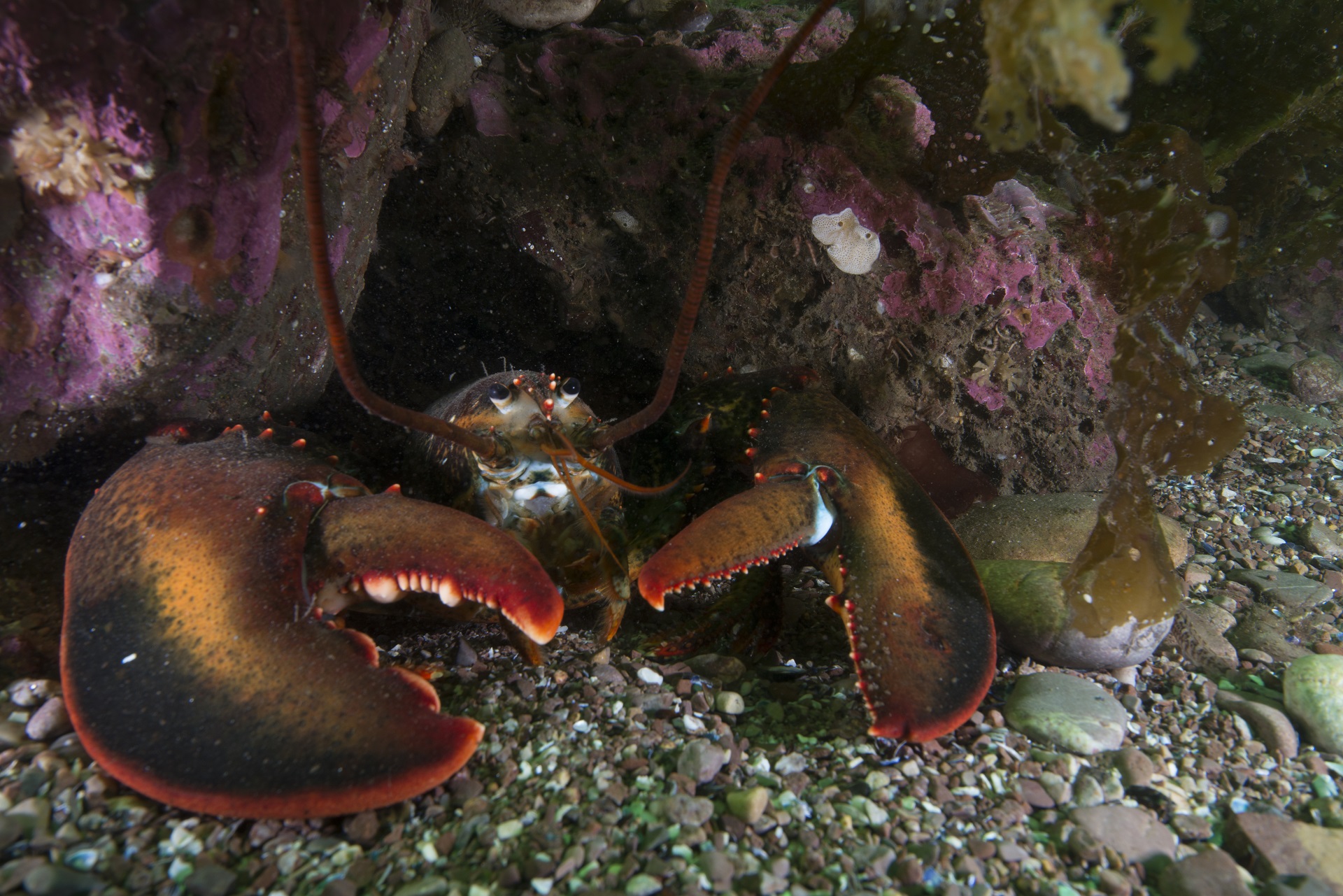
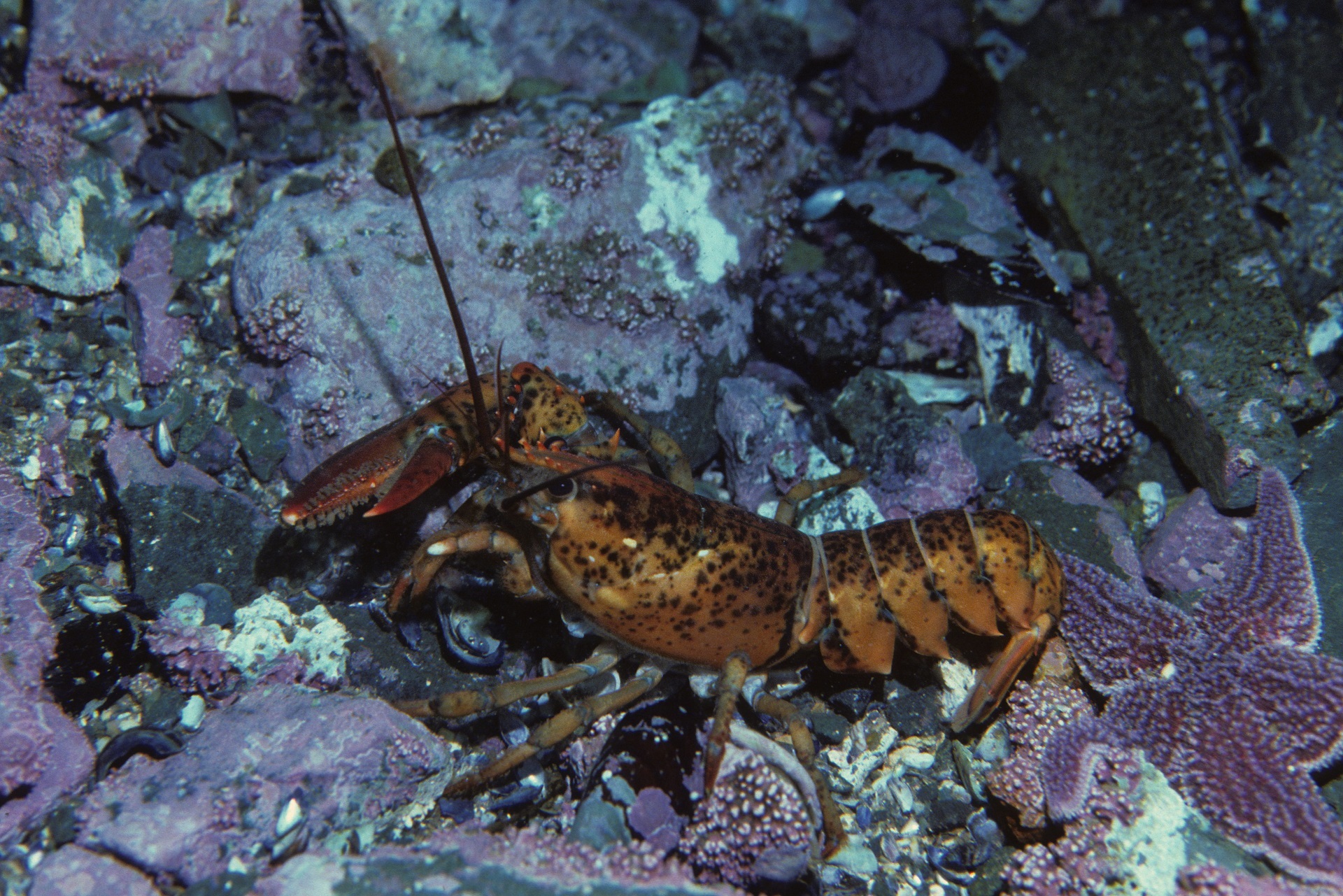
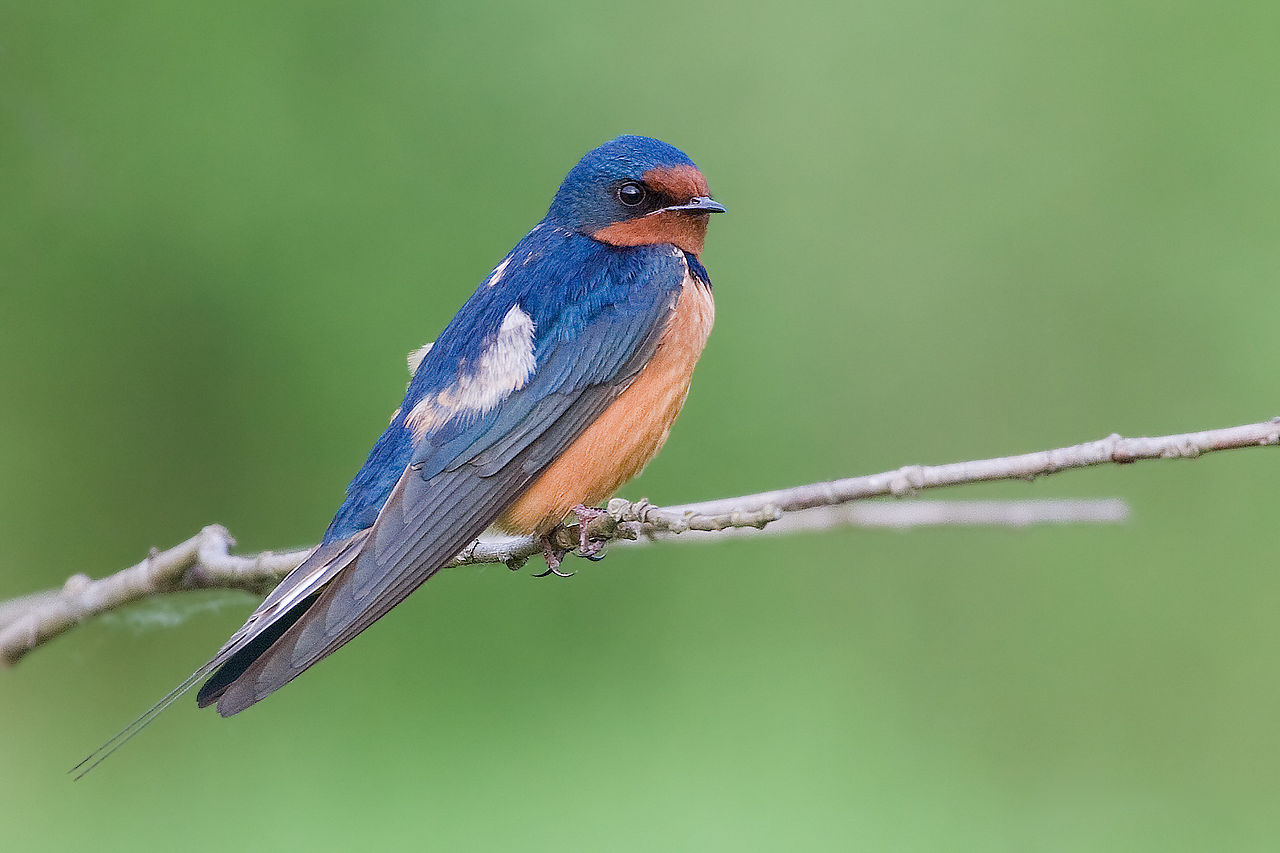

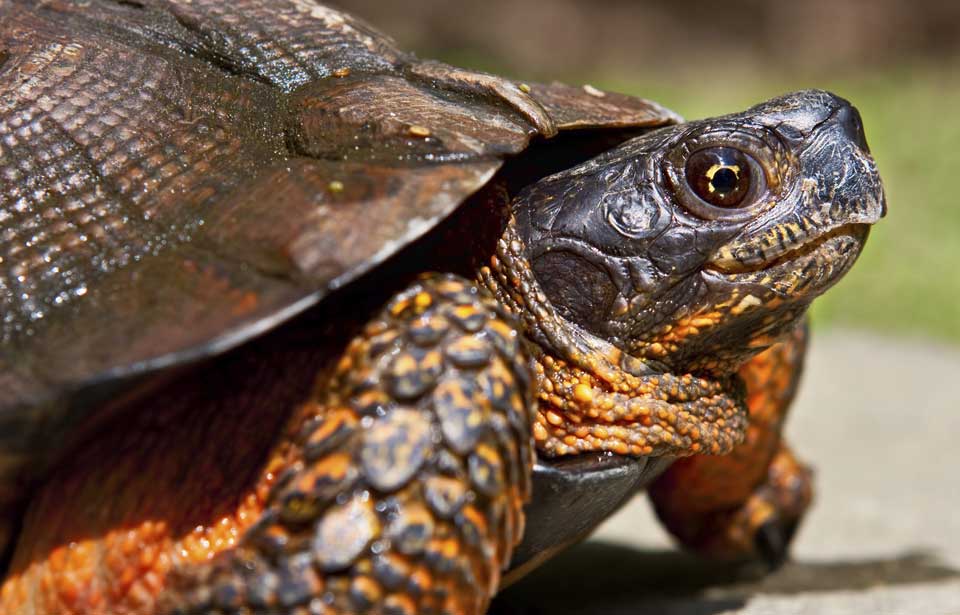
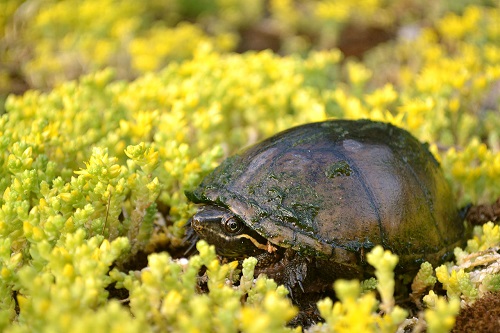
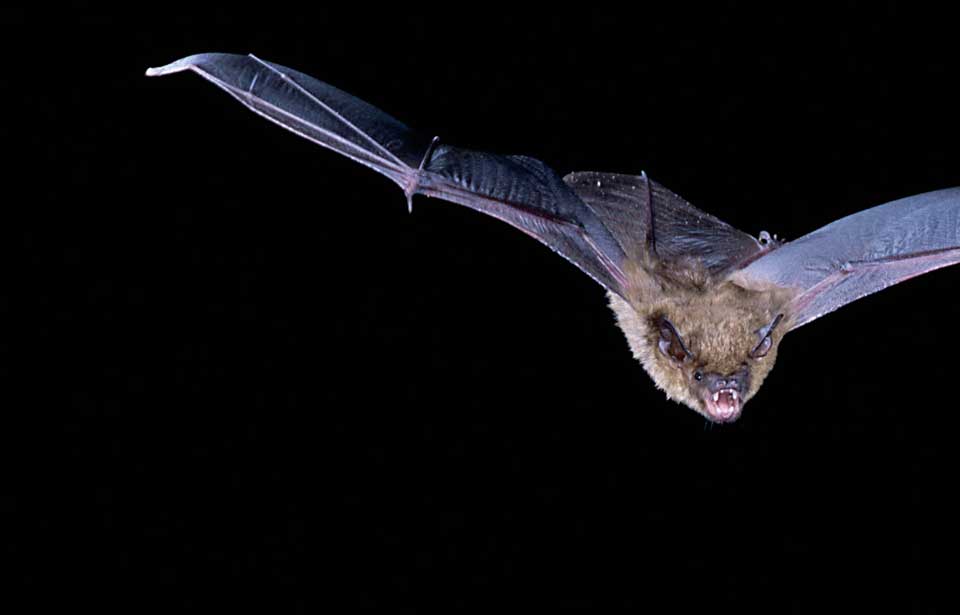
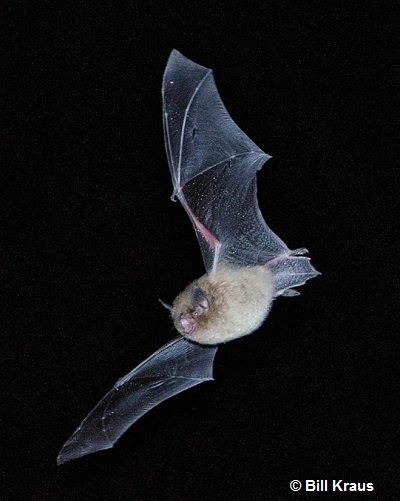

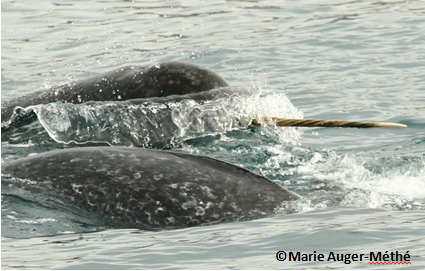
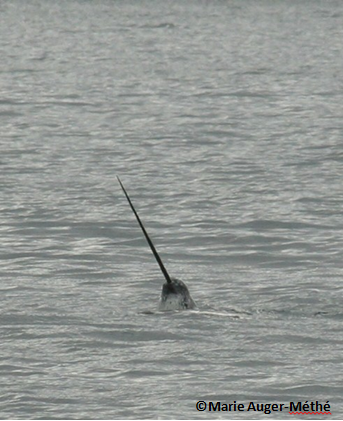
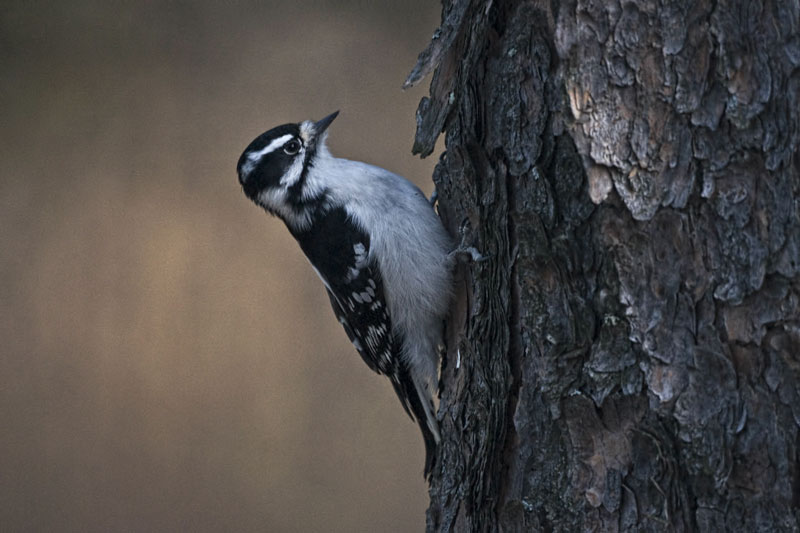

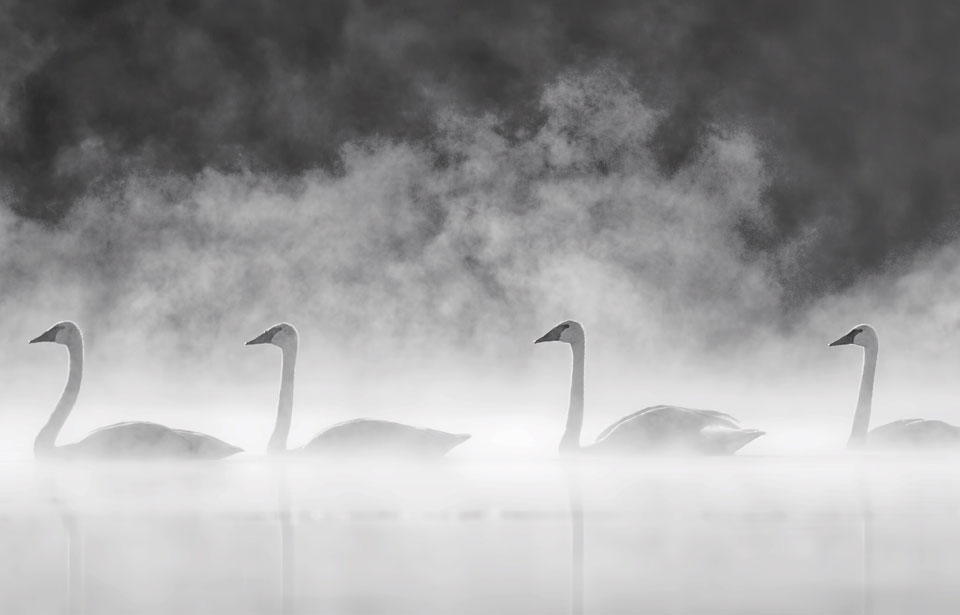
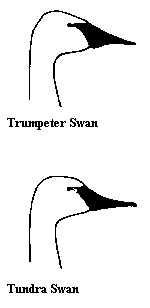 Adult Trumpeter Swans Cygnus buccinator are large birds with white feathers and black legs and feet. The feathers of the head and the upper part of the neck often become stained orange as a result of feeding in areas rich in iron salts. The lack of colour anywhere on the swans’ bodies distinguishes them from other white species of waterfowl, such as snow geese, which have black wing tips.
Adult Trumpeter Swans Cygnus buccinator are large birds with white feathers and black legs and feet. The feathers of the head and the upper part of the neck often become stained orange as a result of feeding in areas rich in iron salts. The lack of colour anywhere on the swans’ bodies distinguishes them from other white species of waterfowl, such as snow geese, which have black wing tips.